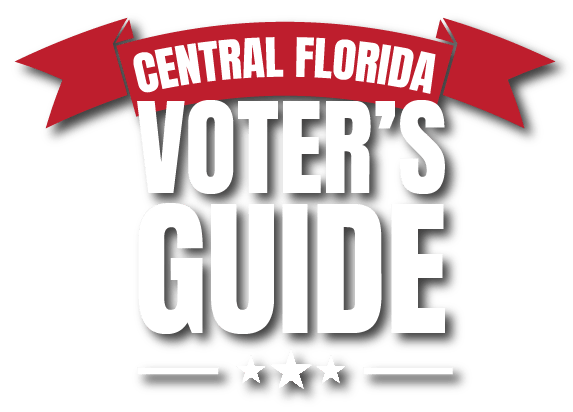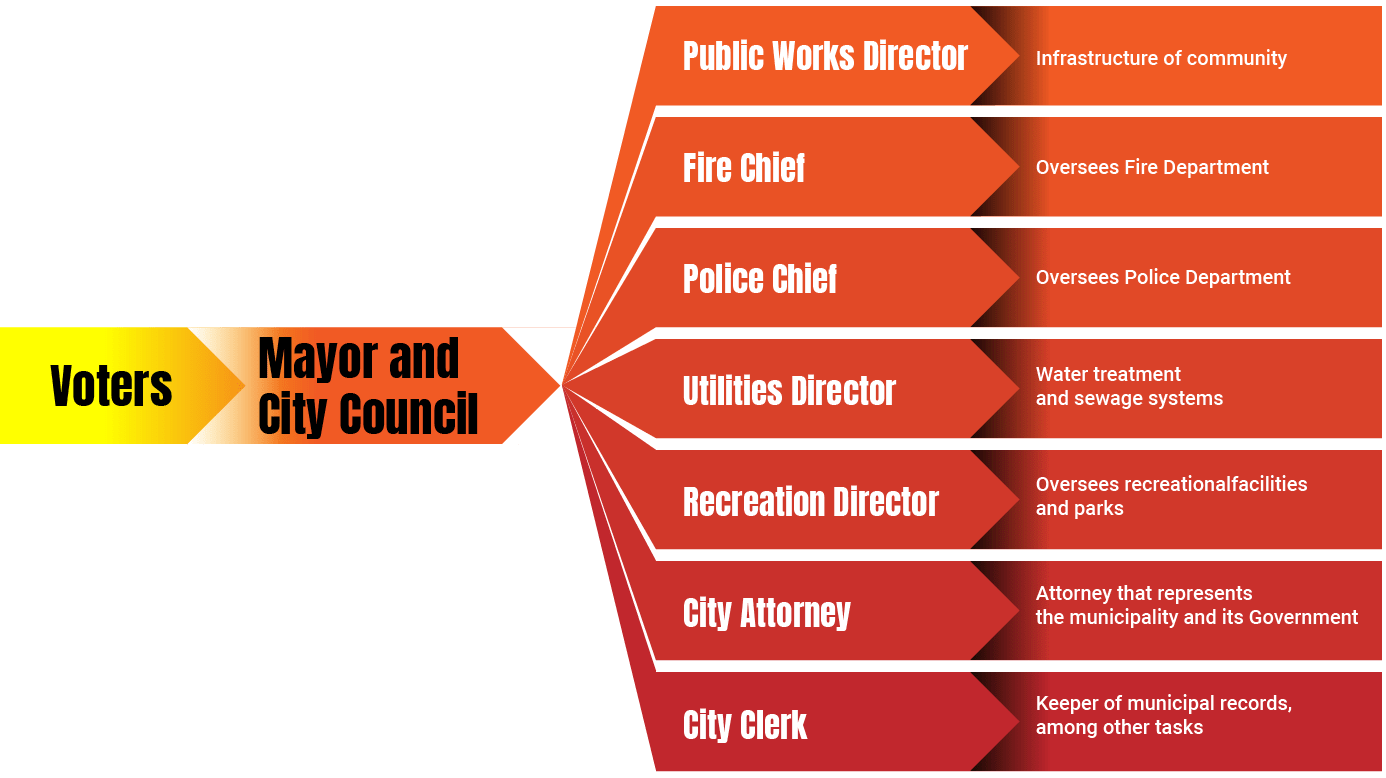
101 U.S. Government
Federal Government
The Federal government’s structure is divided in three separate and independent branches, each with its specific functions:

EXECUTIVE
President

Vice President

Cabinet
- Vetoes, signs, and carries out laws
- Appoints federal judges

LEGISLATIVE
Congress:
Upper House
![]()
Senate: 2 senators per state
Lower House
![]()
House of Representatives
amount determined by population
- Makes laws
- Approves presidential appointments
- Investigates and oversees executive branchProvides a voice to the states in the Federal Government

JUDICIAL
Supreme Court
9 justices appointed by the President and other federal courts
- Reviews constitutionality of laws
- Process of judicial review keeps other branches within their limits of power
The Federal level serves as the all-encompassing government of the United States, overseeing the state governments and passing laws, signing orders, and issuing rulings that are nationwide rather than state-specific. Because of this political nature, the Federal government tends to deal with issues of a much larger and general scale, which means their decisions don’t impact quotidian life as much as state- and local-level decisions do. Nonetheless, this doesn’t mean their role isn’t relevant, as there are many topics under its jurisdiction that are generally relevant to the Hispanic community.
One of these is Puerto Rico, a topic relevant to Puerto Ricans both in the island and in the continental U.S. Many issues, from the status of Puerto Rico as a territory of the United States to the territory’s representation in the government, are dealt with at the Federal level. Other issues, such as federal taxes, immigration and border security, national emergency readiness, and public healthcare are also handled (at least partly) by the Federal government. Having representatives in the legislature, and hopefully a President, that accurately represent the Hispanic community’s interests can help drive change at the Federal level.
State Government
State governments are modeled after the Federal government, with their structure also divided in three branches.

EXECUTIVE

Governor
Lt. Governor
attorney general
secretary of state
![]()
auditors
commissioners
- Implement state laws
- Vetoes state laws
- Issue executive orders to pursue new or revised policies

LEGISLATIVE
Upper House
![]()
Senate
Lower House
![]()
House of Representatives
- Makes laws
- Approve the state’s budget
- Initiate tax legislation

JUDICIAL
State Supreme Court and lower state courts
- Lower state courts manage legal disputes related to the state
- Supreme Court hears appeals from lower state courts and fixes mistakes made by the latter
State governments have roles and responsibilities that are more relevant to a normal person’s daily life. Planning, funding, and maintaining state roads, designing an effective educational system and curriculum, licensing professions, collecting revenue, and more. State governments also play a more central role in healthcare than the Federal government, both regulating private medicinal practice and conducting public health, while also administering topics such as unemployment compensation and retirement.
They cooperate extensively with local (county and municipal) governments in many areas, such as transportation, water supply, and more. Since one of the main goals of each State government is to ensure the continuous and stable economic growth of their state, policies at this level are especially relevant to conducting business, such as tax regulations, subsidies, and incentives.
County Government
County governments don’t follow the usual three-branch division, but they do have positions responsible for executive, legislative, and judicial tasks.
County governments have the important role of providing state services at a local scale. Some of the key responsibilities of counties are law enforcement, tax collection, road maintenance, localized public health, and more. In some larger metropolitan areas, county governments can assume tasks that usually are the responsibility of municipal governments, such as transportation and sewage. The county government’s tasks are carried out by a set of constitutional officers elected directly by the citizens, as shown above.
The impact of county governments is surely something that impacts everyday life, from specifics about the school system to the sheriff’s role in law enforcement and crime prevention. There are many decisions at the county level that are also relevant to businesses, such as regulations, policies for economic development, and different sets of requirements for licensing.
Municipal Government
Municipal governments are the second and smallest tier of local government (the other one being county), and they’re in charge of towns and cities. Like county governments, municipal governments don’t follow the typical three-branch structure. Simply explained, voters elect a mayor and a city council, which then proceed to appoint a series of directors, chiefs, and other officials to perform the necessary governmental duties.
The importance of municipal governments shouldn’t be overlooked. Most of the things you see, do, and interact with everyday are somehow related to decisions made by this government.
City police and fire departments, garbage collection, sewage systems, community infrastructure (such as neighborhood and small streets), parks and recreational areas, and more are all under the wide umbrella of roles and responsibilities of municipal governments.
All these factors affect not only your everyday life, but they also determine the environment for business in the area.
Municipal leaders can make decisions and take action to foster a thriving environment for businesses by investing and maintaining infrastructure, providing spaces for businesses to develop, and more.


